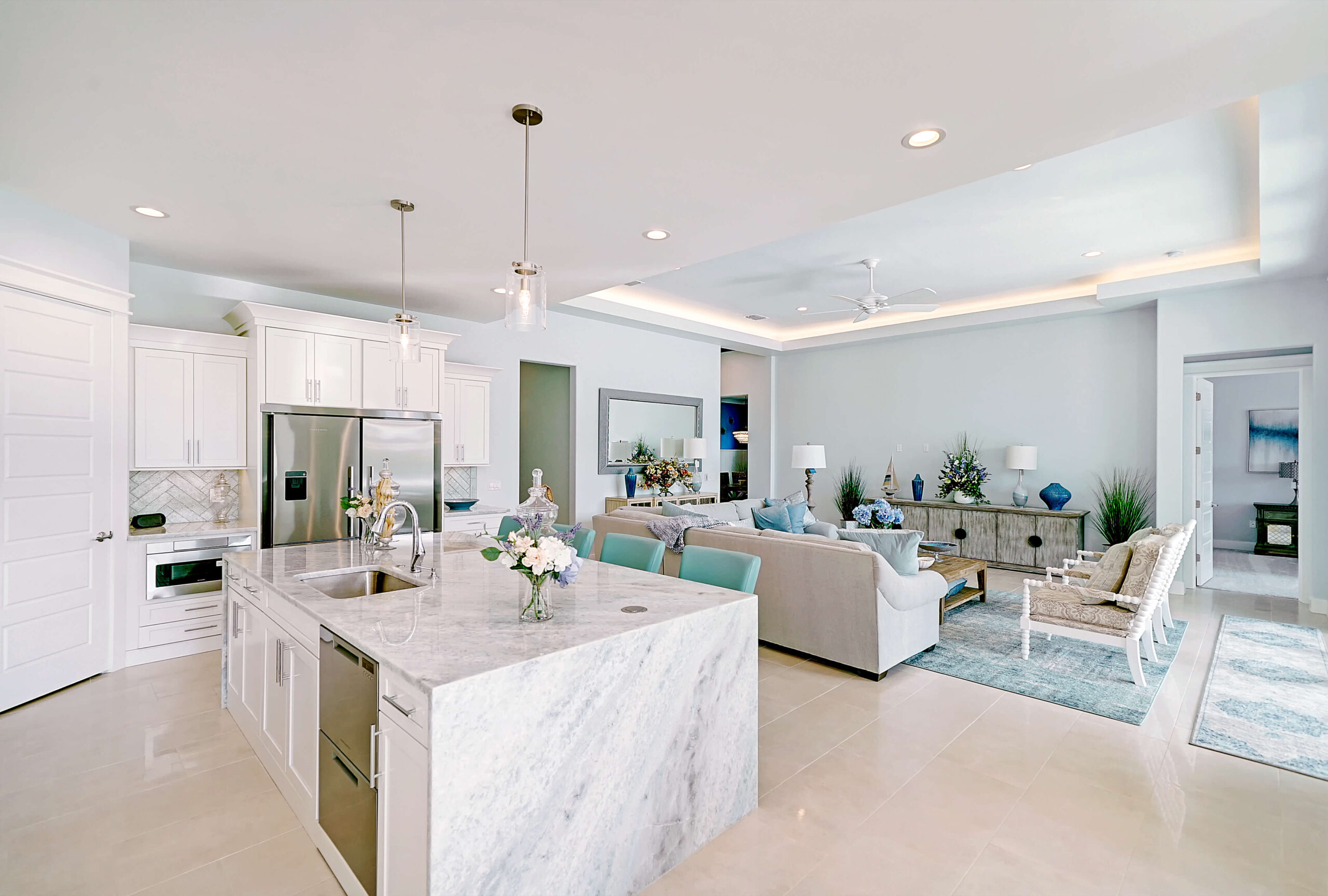The very phrase “landscape design,” is an imposing one, concocting a vision of complexity seemingly unimaginable and obtuse. Indeed, one could spend years upon years studying the various theories and applicable aspects of the art-science, but, what about weekend do-it-yourself types who just want to spruce up a yard or install some features? You probably want to give your front or backyard a facelift of sorts, either to create a space to relax and entertain or because you’re going to sell your home. Whatever the reason, you likely want to avoid any in-depth explanation and get right to the most important aspects or practical details just to make it cohesive and professional. Well, that can be done, if you understand basic principles.
The Five Basic Landscape Design Elements
What makes landscaping design seem all too complex is the end-result. You’ve seen those gorgeous outdoor spaces and thought about how long and how much effort went into coming up with the concept and then making it into a reality. The truth is, it does take quite a bit of planning and a lot of elbow grease to get from concept to reality, but, it’s all done through the lens of five basic design elements. These are guidelines to work within and serve as a great help to produce an eye-catching ebb and flow.
Landscape designers work on a canvas that is distinctly different from other art forms. The “art” is always changing as the plants grow, environmental conditions change, and people use the space. For this reason, landscape designers use a design process that systematically considers all aspects of the land, the environment, the growing plants, and the needs of the user to ensure a visually pleasing, functional, and ecologically healthy design. —The Institute of Food and Agricultural Sciences
One of the best ways to visualize and emulate a particular look is to browse through images. If you take time to identify common components and know the five main elements, you’ll have a good grasp on just what the art-science is all about. Achieving the results you want to accomplish isn’t about having it all. Like with many concepts, if you keep it simple, you’ll have a lot more luck at realizing what you imagine. The less is more application is a good approach to follow because you’ll largely avoid the urge to cram things together just to fill up space.
Landscaping doesn’t have to be intimidating, and, you can approach it by thinking about it in a different way. You’ve no doubt encountered “some assembly required,” followed the directions and put this or that together. Well, that’s design broken down into a step-by-step process. When you compose an email, you’re essentially “designing,” based on common principles of spelling, grammar, and punctuation. So, let’s look at the five basic landscape design elements:
- Color. One of the most compelling aspects of landscape design is color. It’s divided into four categories: primaries (red, blue, yellow), secondary (green, orange, violet), tertiary (a mixture of primary and secondary, and, neutrals (white, silver, and grey). It’s best to weave a complementing color scheme throughout the yard, with a little contrast to make it more visually appealing and exciting.
- Texture. The visual surface or even the actual feel of objects comprise a landscape’s texture. In general, texture is represented by a mix of fine and coarse textures to break up any monotony. These add to the atmosphere and blend at a distance, while appearing distinct close up.
- Form. This element is about shape, and, there are six types: oval, upright, columnar, weeping, spreading, and broad spreading. Form is often expressed through hardscape and softscape features, such as pergolas and waterfalls and shrubs and trees.
- Line. Direction or line is perhaps one of the most familiar elements of landscape design because it’s often a pathway and/or physical directions which point. Line is generally found in things such as pavers winding through an outdoor space, or, surrounding a fountain.
- Scale. This is all about balance and should be in-line or relative to the size of your home. In other words, a landscape should not overwhelm, rather, complement, a home. In addition, the various components should also have balance.
To be sure, there are other concepts which are incorporated into landscaping design. For instance, variety, grouping, and repetition are all commonly used in landscaping. The key is to settle on a theme and then duplicate it to create a wonderful outdoor space. It’s also helpful to use plants that are native and complement one another.


